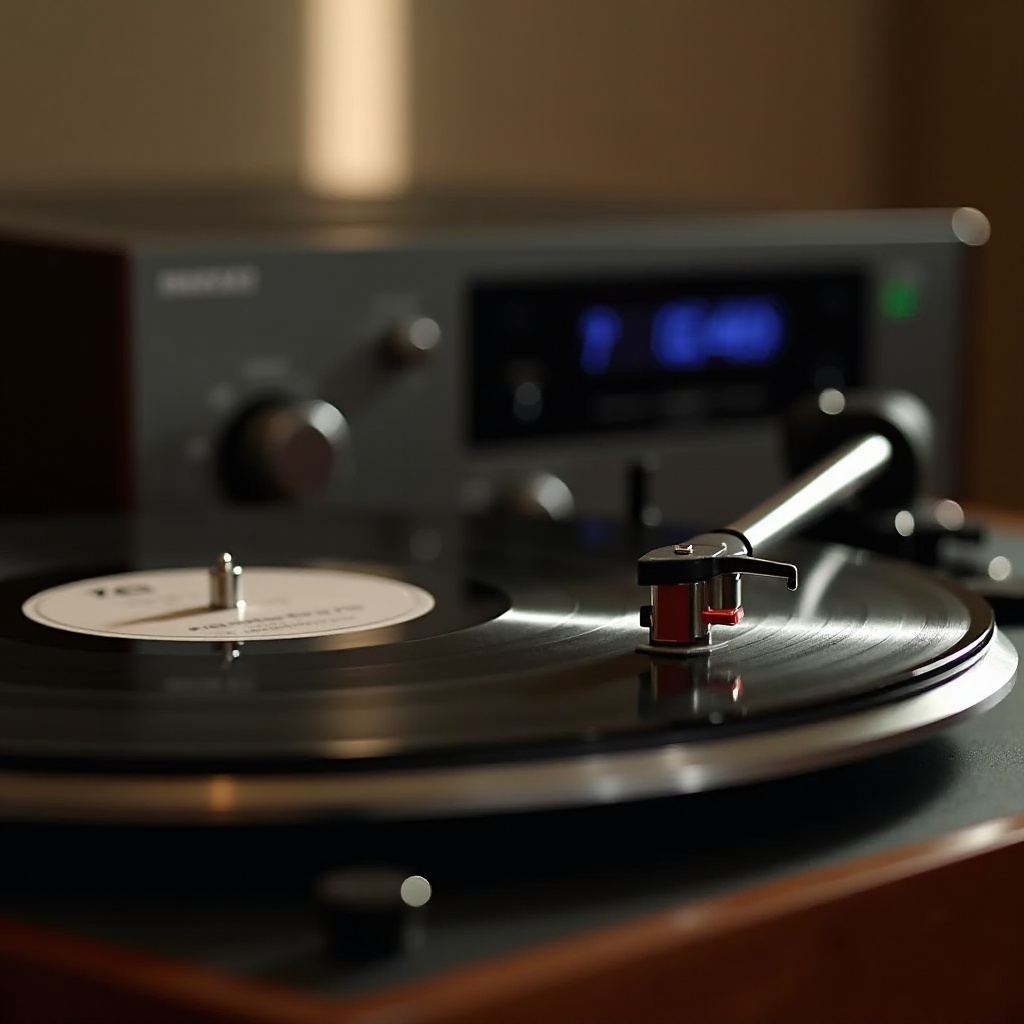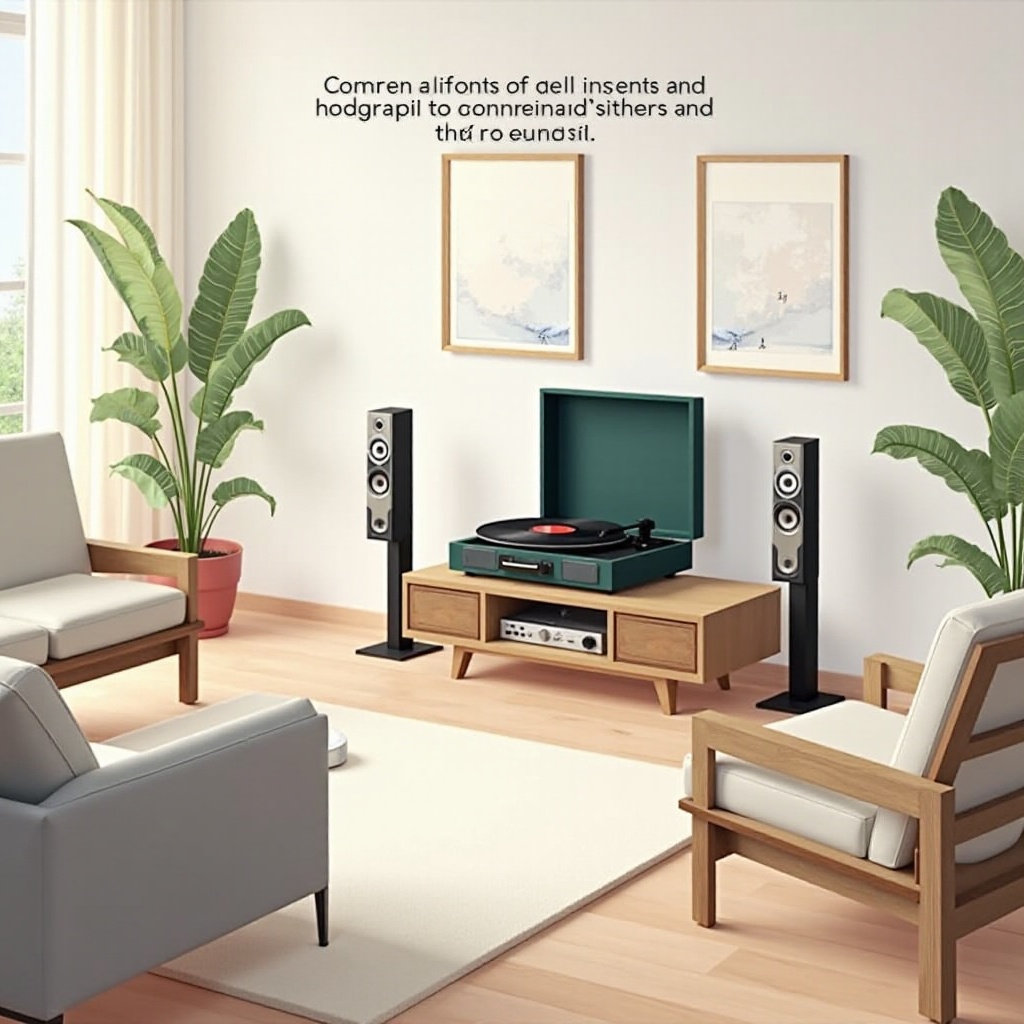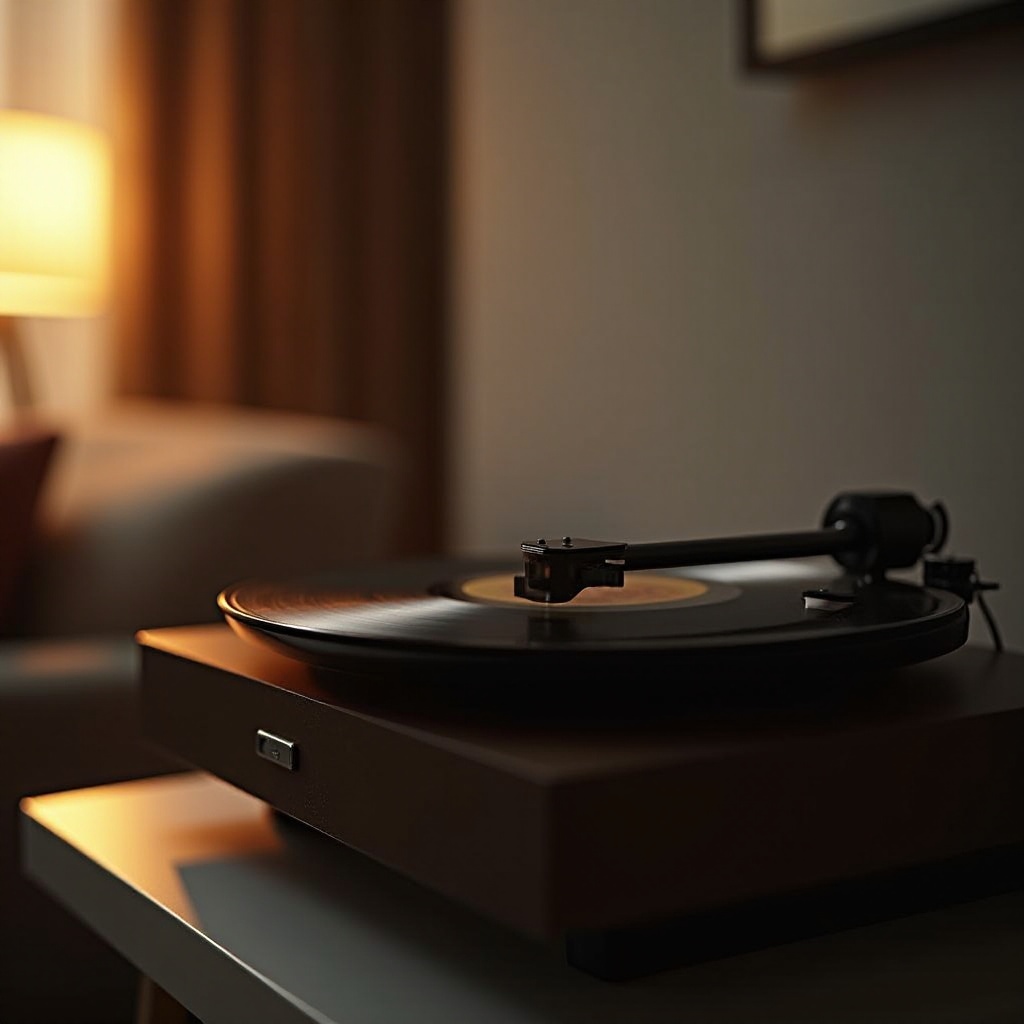Introduction
Vinyl records captivate listeners with their warm, authentic sound. Whether you are diving into vinyl for the first time or reigniting a longstanding passion, setting up a record player can raise questions about audio components, such as the need for a receiver. This comprehensive guide will help you decide whether a receiver is essential for your record player setup by exploring audio system components, connection options, and personalized audio experiences.

Understanding Vinyl and Audio Systems
To understand the importance of a receiver and its role, it’s beneficial to break down the core elements of a typical vinyl audio setup.
What is a Record Player?
A record player, commonly referred to as a turntable, transforms the analog signals recorded as physical grooves in vinyl records into audio. The mechanism comprising the platter, tonearm, cartridge, and stylus work in harmony to translate these grooves into sound waves, offering the distinct audio experience only vinyl can provide.
What is a Receiver in Home Audio Systems?
Within an audio setup, a receiver acts as a multifunction device that amplifies audio, serves as a center for input switching, and processes signals for optimal audio output. It often operates as the control center of an audio system, linking various audio sources, such as turntables, to speakers and enhancing the usability of your setup with additional features like volume control and streaming.
The Role of a Receiver in Your Setup
A receiver’s main functions—amplification and signal processing—make it a valuable asset for enhancing sound quality. It is especially appealing to audiophiles keen on maximizing their listening experience. However, whether you opt for a setup with or without a receiver can depend on several factors beyond just sound quality.
If your listening area is limited, or if you prefer a minimalist system, alternative configurations may suit you better. Conversely, listeners prioritizing sound clarity and depth might benefit from the overall improvements a receiver provides.
Connection Options Without a Receiver
Not every vinyl enthusiast requires a receiver. Depending on specific setup preferences, there are alternative methods available for connecting a record player.
Direct Connection to Powered Speakers
Powered speakers offer a simple solution by incorporating an internal amplifier, allowing direct connection to a turntable equipped with a built-in preamp. This setup is streamlined, with fewer components, as you only need to link your turntable’s outputs directly to your speaker inputs using suitable cables.
Using Integrated Amplifiers as an Alternative
Integrated amplifiers combine the roles of amplifier and preamplifier into a single, compact unit. While they may not offer the extensive features of a receiver, integrated amplifiers deliver substantial audio improvements, offering a balanced middle ground for enthusiasts seeking quality sound without the full complexity of a separate receiver.

Assessing Your Audio Needs and Preferences
Deciding between a receiver or an alternative setup depends on your personal audio requirements and constraints. Ask yourself the following questions:
- Space and Simplicity: Is your space limited? Do you prefer fewer components? In such cases, powered speakers or an integrated amplifier might be ideal.
- Audio Quality: Are you after the best sound fidelity? Incorporating a receiver can elevate the audio experience notably.
- Feature Requirements: Do you desire additional functionalities such as multiple inputs, wireless connectivity, or advanced audio tuning? Receivers often include these extra features.

Setting Up Your System
Connecting your record player to your audio setup, whether you’re opting for direct speaker connections or using a receiver, involves straightforward steps:
- Check Output Capabilities: Determine whether your turntable has a preamp, and identify the output types (e.g., RCA, USB).
- Powered Speaker Connection: For directly connecting to powered speakers, use appropriate cables (like RCA) to connect from your turntable’s output to the speaker’s input.
- Receiver Setup: If using a receiver, connect the turntable’s output to the receiver’s phono or line input. From there, connect the receiver to passive speakers using speaker wires.
- Avoid Common Issues: If you encounter problems such as no sound or humming, double-check all cable connections, input settings, and ensure the correct preamp settings on your turntable.
Conclusion
Choosing to use a receiver with your record player comes down to individual priorities. Simplicity and space-efficient setups might incline you toward powered speakers or integrated amplifiers. However, if your goal is to achieve elevated audio quality and utilize additional features, a receiver can significantly enhance your experience. Assess your needs carefully, and select a setup that harmonizes with your personal preferences for the ultimate vinyl audio journey.
Frequently Asked Questions
Can I use my turnable with Bluetooth speakers?
Yes, if your turntable supports Bluetooth or with an external adapter, you can connect wirelessly to Bluetooth speakers.
What is the difference between a receiver and an amplifier?
An amplifier boosts audio signals while a receiver offers additional features like input switching and processing sound.
How do I improve the sound quality of my record player setup?
Enhance sound by properly maintaining your turnable, using high-quality cables, and considering speaker or receiver upgrades.
